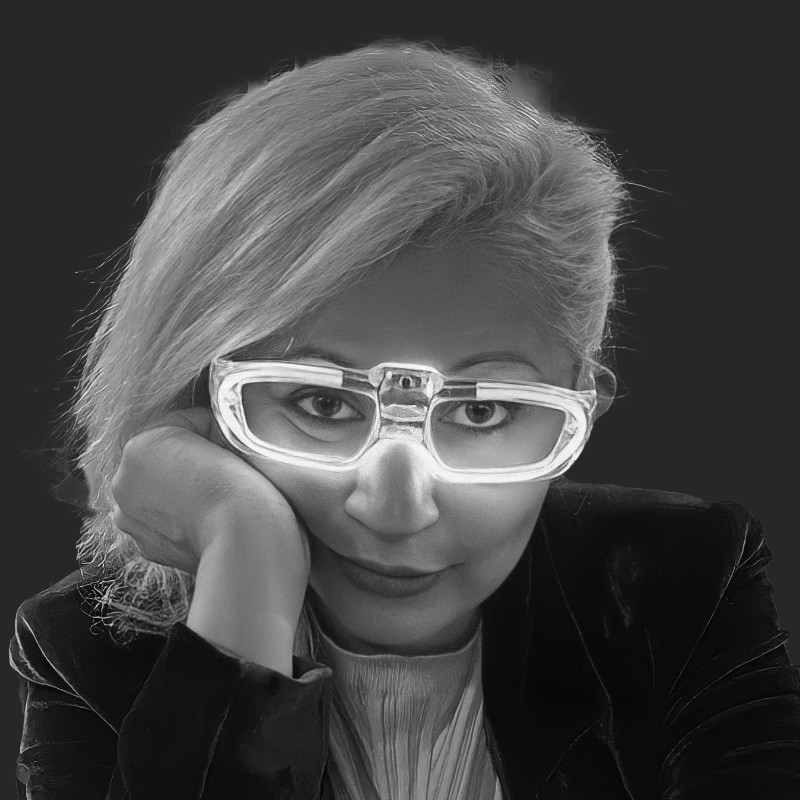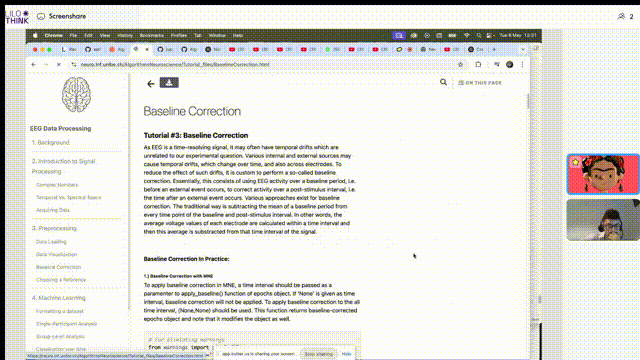A short summary
Exploring TouchDesigner + Stable Diffusion via Computerender API
As part of the Creativity in Vitro project, we explored using Torin Blankensmith’s TouchDesigner setup for Stable Diffusion image generation. Without a local GPU, we successfully used the Computerender API to generate prompts and images directly in TouchDesigner. This method proved lightweight, fast, and cost-effective — ideal for Mac M3 users or anyone experimenting without heavy hardware. The test animation was based on the Brazilian song Aquarela, turning lyrics into visual prompts. This experiment reflects our ongoing search for poetic and accessible ways to collaborate with machine imagination.
The Cloud Rendered a Boat
We are still in Phase 1 of Creativity in Vitro — the phase of construction, not connection. No neural helmet has yet been donned, no brainwave has whispered its prompt to the machine. But the question ahead is clear:
Once the model is trained — how will we render its dreams?
This phase is one of rehearsal.
In preparation for the moment when brain signals will be translated into text, we now experiment with the second half of the pipeline: image generation. After our first test with ComfyUI, we turn now to another conjuring tool — TouchDesigner + Stable Diffusion.
These are not just software trials. They are proto-conversations with the machines that will one day visualize the interiority of an artist’s mind.
They ask: How do we co-create with visual engines, before the mind arrives?
To bring this to life, we turned to a new hybrid: TouchDesigner + Stable Diffusion. While TouchDesigner provides the spatial logic and compositional canvas, Stable Diffusion brings the latent generativity — a way to summon images from text.
But there’s a caveat.
As a Mac M3 user, my machine lacks the GPU infrastructure needed to run Stable Diffusion locally. Rather than forcing a friction-heavy setup, we sought an alternative: external rendering through the cloud. Enter Computer Render API, a gateway generously shared by TouchDesigner community alchemist Torin Blankensmith. In his meticulous tutorial, we found a method to invoke image generation remotely — directly from within TouchDesigner, using a node-based structure of TOPs (Texture Operators).
So, I bypass the need for a local GPU by invoking Computerender, an external API that transforms prompts into images. The latency was minimal, and the process cost only $0.10 for 74 calls. Compared to our earlier rituals with ComfyUI running locally on an M3 Mac, the responsiveness felt like a breath of warm data.
Our first subject: the song Aquarela by Brazilian bard Toquinho. A children’s song in name only, it unfolds a surrealist map of emotional geographies. We chose a single verse — the boat — and submitted its aura as a prompt. The model responded gently.
We also gained new language from this interaction:
-
Seed: the number that decides the fate of the image.
-
Guidance Scale: how tightly the image follows the text.
-
Strength: how much the input image influences the result.
This is only our second contact with TouchDesigner, yet it welcomed us with visual logic and forgiving workflows. The .toe file provided by Torin became our summoning circle.
More experiments to follow. For now, we offer this test animation — a visual echo of a boat, born not from water, but from latent space.
📌 Note to the future self: This phase is not about fidelity to vision, but trust in translation.
We ask the machine to imagine, because we, too, are learning how.
 Lina Lopes
Lina Lopes  When Numbers Dream of Becoming Waves
When Numbers Dream of Becoming Waves